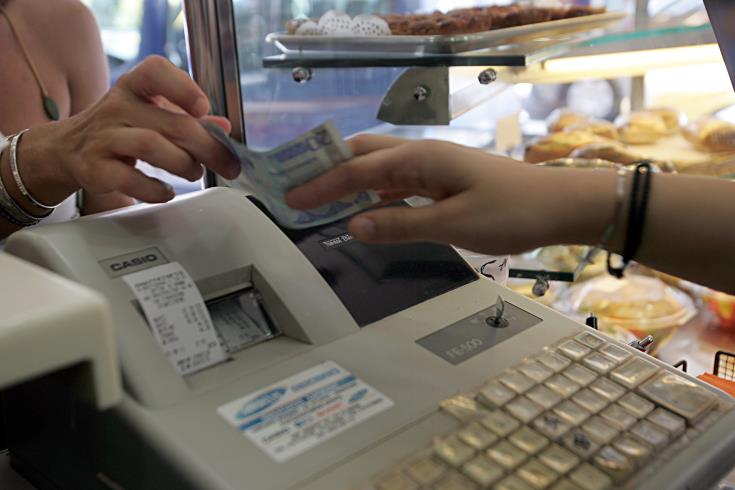The Cypriot economy is expected to grow by 2.9% in 2019 and 2.6% in 2020, according to the summer forecast of the European Commission (EC) published today.
Cyprus’ real GDP expanded by a solid 3.9% in 2018, driven by strong domestic consumption and still favourable external demand for Cypriot exports. Economic growth slowed in the first quarter of 2019 to 3.4%, reflecting weaker exports.
“Consumer sentiment has deteriorated over the first half of 2019 and business confidence has steadied, suggesting that growth could be less buoyant in the months to come. Private consumption is nevertheless expected to remain resilient, given positive labour market developments,” the EC said.
The unemployment rate fell to 6.5% in May, its lowest level in eight years. Public spending is also set to provide support. Investment recorded healthy growth in the first quarter of the year and bank lending to domestic non-financial companies is firming.
Tourism problems
One of the main factors that lead to the slowing down of the Cypriot economy’s growth is the decline in tourist arrivals.
According to the EC: “one of the pillars of the Cypriot economy – tourism – is showing signs of weakness. Tourist arrivals decreased by 1.1% over the first five months of 2019 compared to the same period in 2018. This interruption in a long upward trend partially reflects the bankruptcy of certain airlines servicing Cyprus, as well as slowing tourism demand. But revenue from tourism in the first quarter also is estimated to have fallen, by 3.1% compared to the corresponding period in 2018, likely due to more intense competition.”
Overall, real GDP is projected to grow by 2.9% in 2019 and 2.6% in 2020. Slowing tourism and escalating trade tensions globally are likely to weigh on export revenues and investment decisions, leading to a more moderate growth than expected in spring.
Growth forecast for 2020:
?? 4.8
?? 3.7
?? 3.6
?? 3.4
?? 3.4
?? 3.3
?? 2.8
?? 2.8
?? 2.8
?? 2.7
?? 2.6
?? 2.6
?? 2.5
?? 2.4
?? 2.3
?? 2.2
?? 1.9
?? 1.7
?? 1.6
?? 1.6
?? 1.5
?? 1.5
?? 1.5
?? 1.4
?? 1.4
?? 1.3
?? 1.2
?? 1.2
?? 0.7#ECForecast https://t.co/mGOHfCZNjw— European Commission ?? (@EU_Commission) July 10, 2019
Inflation
HICP inflation remains low. After a more pronounced rise in January when it breached 2% year-on-year, HICP fluctuated around 1% in the period February-April and then eased in May. The major factor behind low inflation were prices of non-energy goods, which continued falling compared to a year ago.
The contribution of most other HICP components, by contrast, was positive. Lower oil prices, however, are set to drive inflation down in
the second half of 2019 to an annual rate of 0.5% and inflation is expected to average 0.9% in 2020.







